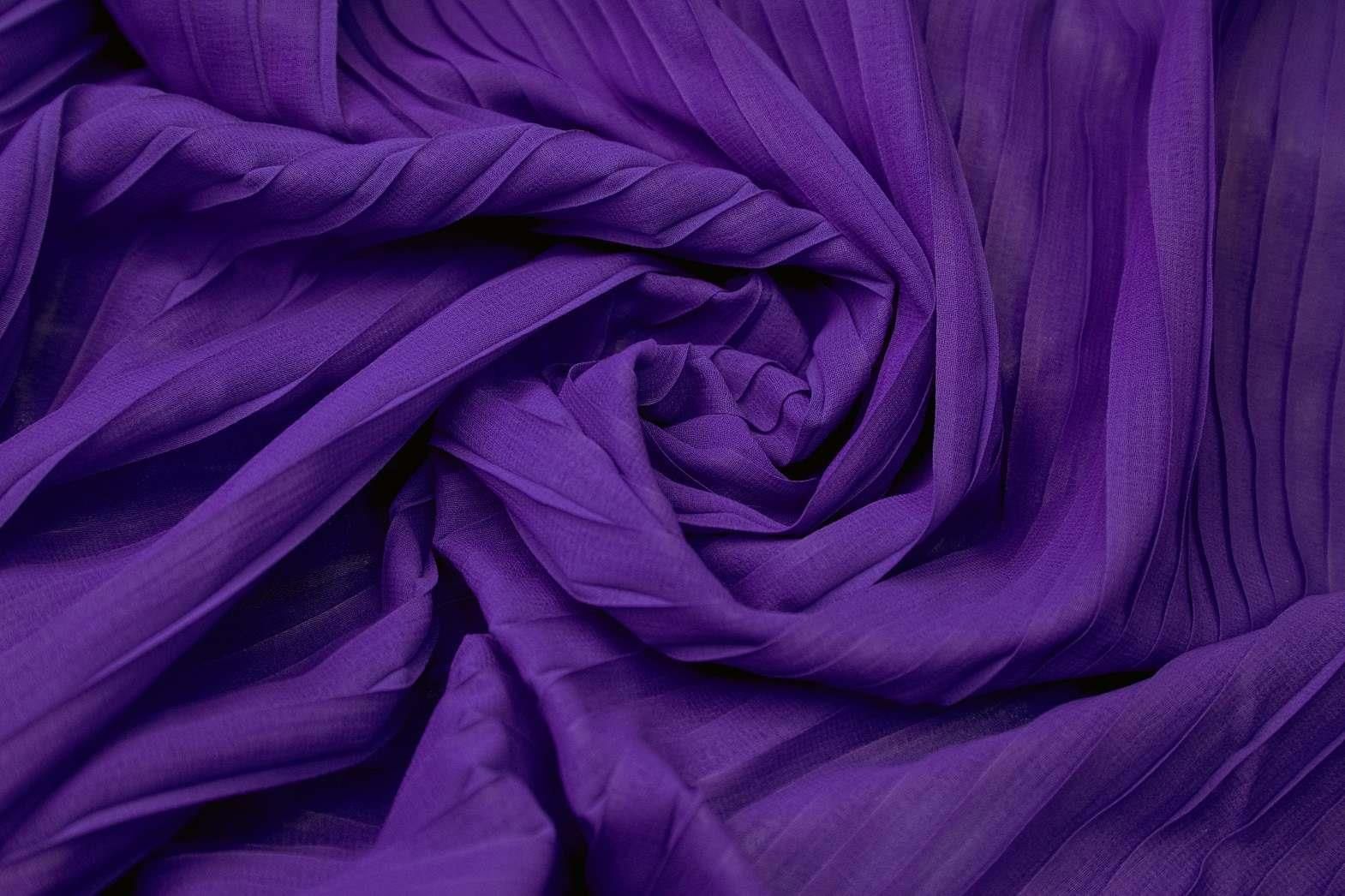The word nano comes from the Greek word "Nanos" meaning "dwarf". The minuteness of a nano particle can be described as to 1, 00,000 times smaller than the diameter of human hair. One billion nanometers make one meter, hence nano materials can be infused into textile fabrics to avail different functions. Nanotechnology is the process of separation, consolidation, and deformation of materials by one atom or a single molecule.
Application of nanotechnology in textile industry helps in developing existing performance and functions of textile materials and making intelligent textiles with new characteristics and properties. There are various nano finishes available at present and they are as follows:
UV Protective Finish
The nano particles used in developing such kinds of finishes, which have heat, chemical, and electrical resistance, can block ultra-violet rays. The particles consist of clay nano flakes, which are composed of hydrous alumnio oscillates that are present in varied chemical combination and crystal structure. Besides this, metal oxides like zinc oxide are also used for UV protective finishes. The garments coated with such nano particles can protect from harmful rays and keep the skin safe from potential damage. Moreover, there are finishes available in the textile industry that provides UV protection with SPF (Sun Protection Factor).
Anti-pollen finishing
This is a special nano dispersion finishing that keeps pollens from sticking onto surface of the fabrics. Textile products bearing anti-pollen finish aid in fighting against health problems like pollen allergies and hay fever. Polymers that possess' anti-static and electro conductive properties are used which helps in keeping the surface smooth and prevents pollens and dust from settling on the surface of the fabric. Coats, gloves, blouse-on, bedding covers are made from such textile materials.
Anti-bacterial finish
Odor-fighting Finishes
Such finishes are usually used in performance apparels, socks, inner garments, and sportswear. Tourmaline is used to develop odor-repellant finishes, which when come in contact with oxygen, carbon dioxide, and water molecules in the air, create negative ions. These ions create magnetic fields which prevent the growth of bacteria that cause infection and itching leading to body odor. This nano finish can eliminate 99% of the bacteria, 90% of the odor, and 75% of the moisture.
Anti-wrinkle Finishes
For obtaining anti-crease property in fabrics conventionally resin was used, which decreased the strength of the fibre, had low abrasion, dye ability, and breathability. Nano silica and nano titanium dioxide particles are used to develop anti-wrinkle finishes in cotton and silk fabrics that can keep the garment from creasing for a longer time.
Flame-retardant finishes
Nano antimony pent oxide is used to create flame retardant finishes. Fine particle dispersions using the above substance along with halogenated flame retardants are used to create anti-flame finishes.
Anti-static Finishes
Synthetic fibres like polyester and polyamide face the problem of static. Nano antimony doped tin oxide, Zinc oxide, and titanium dioxides being electrically conductive in nature are used to create such finishes. The nano particles are durably attached to the fibrils in order to create an electronically conductive network which prohibits the formation of isolated chargeable areas and voltage peaks usually found in anti-static materials.
Apart from these nano finishes there exists a self-cleaning and hydrophobic nano coating currently being used in the textile industry. The reason why nano coating is gaining popularity is because the protective layers used are not visible to the naked eye. The technology is also environmentally friendly and non-toxic. The garments coated with nano finishes stay bright and last longer than regular clothes.
The development of extra-ordinary finishes for all kinds of fibres now has end-less potential in the field of nano technology. However high cost and time taken to develop such finishes are minor hindrances the textile industry faces. Currently USA, Japan, and Europe are leaders in the technology. With further research and development nano technology can be used to produce smart textiles with multifunctional finishes.
References:
1. Indiantextilejournal.com
2. Textiletoday.com.bd








Comments